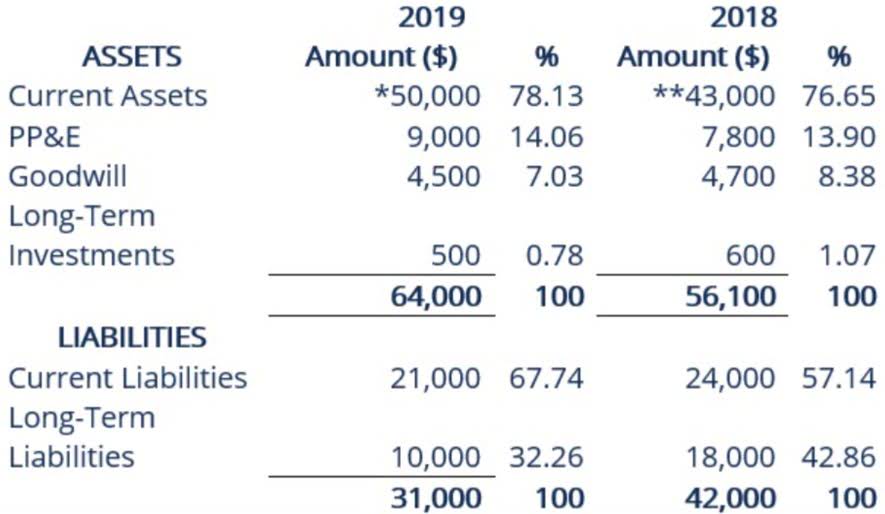Understanding Contra Expense Accounts in Financial Accounting
发布时间:2024-07-30来源:家德乐淋浴房

If there’s an increase to allowance for uncollectible accounts, you record the same amount in the bad debt expense of your income statement. Similarly, accumulated depreciation accounts reduce the value of the fixed assets you report on your financial statements. The account Allowance for Doubtful Account is credited when the account Bad Debts Expense is debited under the allowance method. Since it is a contra asset account, this allowance account must have a credit balance (which is contrary to the debit balances found in asset accounts).

Example of a contra account
Be sure to enter the contra account on the opposite column of the account they’re offsetting. To illustrate, let’s use the contra asset account Allowance for Doubtful Accounts. Allowance for doubtful accounts (ADA) is a contra asset account used to create an allowance for customers that do not pay the money owed for purchased goods or services. The allowance for doubtful accounts appears on the balance sheet and reduces the amount of receivables. If the balance in your allowance for doubtful accounts has a credit of $1,000 and your accounts receivable has $20,000 in normal debit balance, then the net value of the receivables is $19,000. The contra asset account, which is allowance for doubtful accounts, indicates the original (gross) amount you report in Accounting Periods and Methods the accounts receivable.
- Examples of contra liabilities are Discounts on Bonds and Notes Payable and Short-Term Portion of Long-Term Debt.
- A contra liability is a general ledger account with a debit balance that reduces the normal credit balance of a standard liability account to present the net value on a balance sheet.
- For instance, when a company records a rebate in a contra expense account, the net expense reported on the income statement is reduced.
- As evident from the table below, each contra account has a parent account whose normal balance is often exactly opposite of the normal balance of the relevant contra account.
How do Contra Expenses affect a company’s bottom line?

It can help companies see the complete picture of their income and expenses and their equity or net worth. A Contra liability account is an account that is used to offset another liability account on the balance sheet. Contra liability accounts are typically used for bonds, notes payable, and other indebtedness. Contra Equity Account – A contra equity account has a debit balance and decreases a standard equity account. Treasure stock is a good example as it carries a debit balance and decreases the overall stockholders’ equity. Unlike regular expenses, which are recorded as a positive amount in an account, contra expenses are recorded as a negative amount and serve to offset the balance in a corresponding account.
Accrual Accounting: Key Principles and Business Implications
A debit will be made to the bad debt expense for $4,000 to balance the journal entry. Although the accounts receivable is not due in September, the company still has to report credit losses of $4,000 as bad debts expense in its income statement for the month. If accounts receivable is $40,000 and allowance for doubtful accounts is $4,000, the net book value reported on the balance sheet will be $36,000.

Contra expense accounts are indispensable tools in financial analysis, offering a nuanced lens through which analysts can assess a company’s cost management strategies. By providing a more accurate depiction of net expenses, these accounts enable analysts to delve deeper into the efficiency of a company’s operations. This deeper insight is particularly valuable when comparing financial performance across different periods or against industry benchmarks. If you're valuing a low-growth company based on its equipment assets, you want to use the net value to be conservative. On the other hand, if you're looking at a high-flying growth stock that reports new revenue growth records each quarter but has a massive allowance for doubtful accounts, there may be problems ahead. Revenue is shown on the income statement as a credit, it is the amount of revenue a business earns in a period.
- These contra expense accounts play a crucial role in accounting by allowing businesses to offset specific expenses directly against related revenues.
- Moreover, contra expense accounts play a role in enhancing the transparency of financial reporting.
- By incorporating contra accounts in financial reporting, companies can present a more precise depiction of their financial health, facilitating better decision-making for stakeholders.
- Accounting sources advise that the full amount of a bad debt be written off to the profit and loss account or a provision for bad debts as soon as it is foreseen.
- An example of contra equity with buying back shares or stock would be a company that has issued shares to the public.
- This article will give you the definition of contra in accounting, talk about different contra accounts, and give examples.

Implementing cost control measures involves assessing contra assets and contra liabilities to manage expenses effectively and ensure financial stability. By properly accounting for contra expenses, businesses can present a more holistic view of their financial performance, leading to informed decision-making and strategic planning. In the world of finance, this term carries significant weight in the realm of accounting. From its purpose in financial reporting to the types of accounts it encompasses, there is much to explore. Revenue is the income generated by a business through the sale of goods or services. Contra expense, on the other hand, is an expense that is offset against income in the same accounting period.
contra expense account
To simplify bookkeeping, she created lots of easy-to-use Excel https://www.bookstime.com/ bookkeeping templates. Precision in recording these transactions is vital for providing stakeholders with reliable information for decision-making and assessing the overall financial performance of the organization. Examples of deferred unearned revenue include prepaid subscriptions, rent, insurance or professional service fees.

Impact on Financial Statements
- In other words, the account’s credit balance is contrary to (or opposite of) the usual debit balance for an expense account.
- Allowance for doubtful accounts (ADA) is a contra asset account used to create an allowance for customers that do not pay the money owed for purchased goods or services.
- Contra expense accounts have a natural credit balance, as opposed to the natural debit balance of a typical expense account.
- Contra expense accounts can be used to track expenses or income from other accounts in the general ledger.
- For the purpose of financial statement reporting, the amount on a contra account is subtracted from its parent account gross balance to present the net balance.
- Because of the matching principle of accounting, revenues and expenses should be recorded in the period in which they are incurred.
Companies record accounts receivable as assets on their balance sheets since there is a legal obligation for the customer to pay the debt. Furthermore, accounts receivable are current assets, meaning the account balance is due from the debtor in one year or less. Typically, a company fails to collect all of the money owed by customers making purchases on credit. The amount a company records what is contra expense as allowance for doubtful accounts is the amount from its accounts receivable the company considers uncollectible. Make sure that you report contra accounts on the same financial statement as the related accounts.
